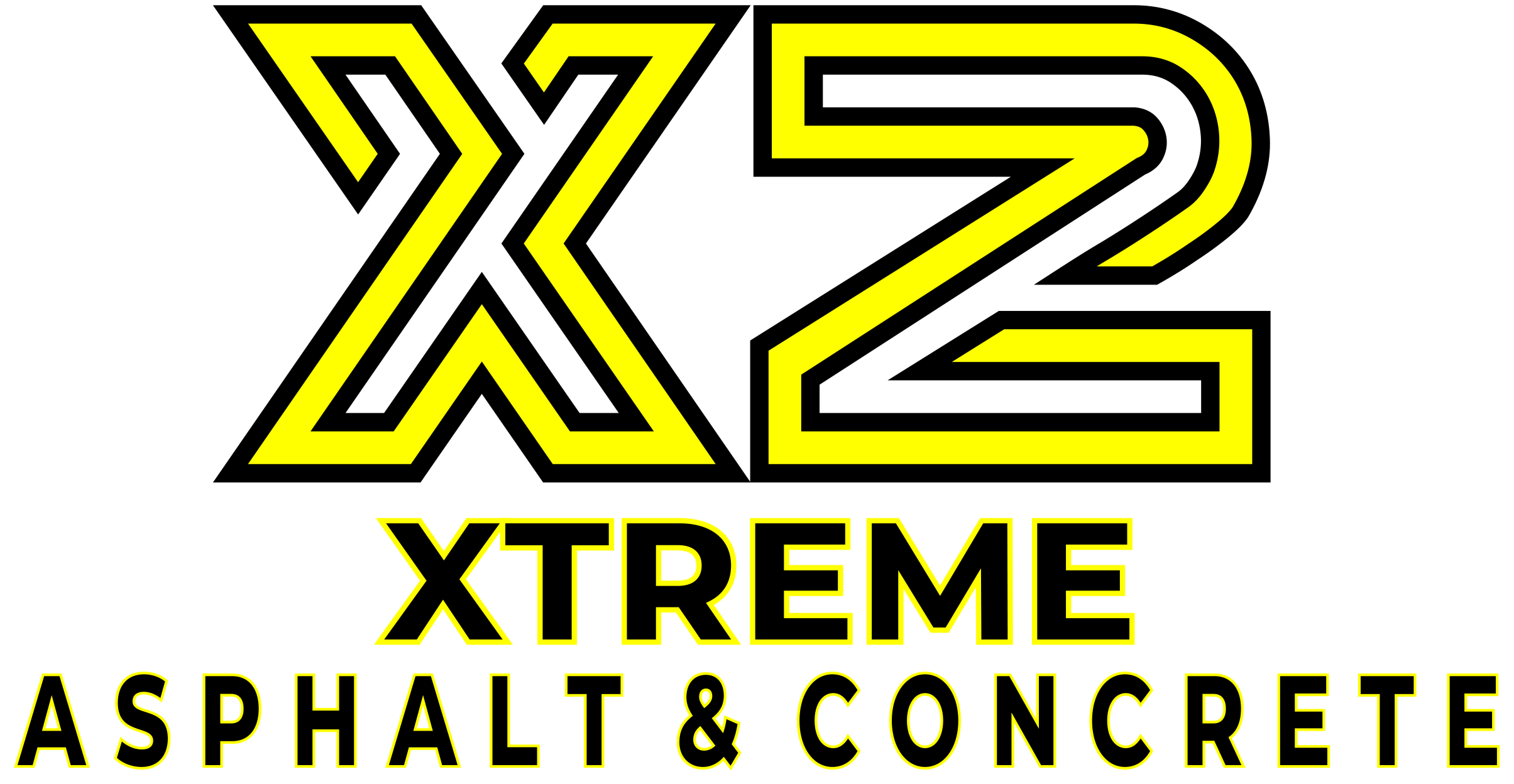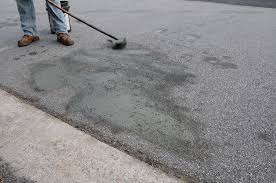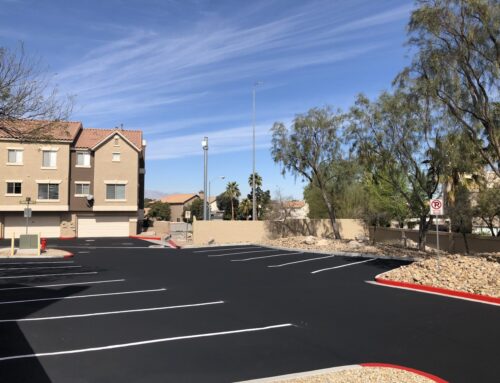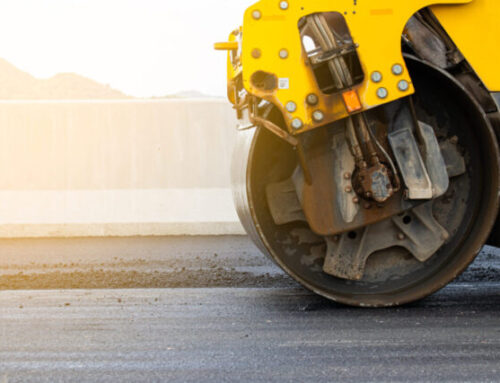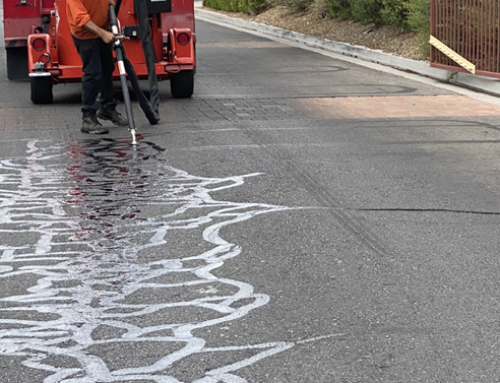A properly cleaned road is vital for the longevity and adhesion of seal coat. If a contractor fails to clean a road properly, then so too is the seal coat susceptible to fail as well. How can seal coat fail?
Would a band-aid work and prevent infection on a dirty wet wound or will it fall right off?
The very nature of seal coat is to adhere to the top layer of the road of which is being sealed. This means that if the top layer is not free of water, contaminants, dirt, etc. then it will not be able to successfully bind to the road itself. The seal coat will combine and weaken with water, loose chemical balance if it comes into contact with untreated surface contaminants, and finally bond with the loose dirt and not the roadway resulting in your seal coat blowing away in the wind.
So what is the proper process for cleaning a road before sealcoating it?
1.) A proper inspection of the road is necessary to determine the proper cleaning path.
2.) If dirt has accumulated and been compressed into older unsealed roads, then you may need to actually power wash the entire road. Solidified dirt will absorb the seal coat and the first chance a car drives over it, it will crack apart and come loose and leave your road unprotected. Be aware however power washing can do more damage than it helps if not done properly and here is why. If a contractor uses high pressure, they will run the risk of not only breaking the dirt free but also jetting into the asphalt causing it to also break apart. As such, a low-mid psi should be selected and for deep concentrations of dirt the contractor must also use an industrial brush to lightly loosen the debris from the pavement while being power washed.
If a road is free of saturated dirt areas and has a smooth surface then power washing is NOT recommended and you should proceed to step 3.
3.) If it is determined that loose atmospheric dirt and debris can easily be “blown” off and across the surface of the pavement then the use of a high powered walk behind blower is sufficient for cleaning the dirt, loose rocks and debris off the surface.
4.) Once the surface is free of dirt and debris, it is essential to look for any fluid contaminants existing on the road. If large build up of motor oil is observed, the contractor shall apply heat and gently remove excess build up of motor oil. Once the excess oil has been dealt with an oil primer of high industry grade must be installed. One of the industries leading products for this occurrence is Polyprime Penetrating Pavement Primer.
5.) Concluding the steps for cleaning a road prior to the seal coating process is to ensure that all loose rocks, debris and dirt are removed entirely from the property. Overtime, thousands if not millions of individual pieces of dirt and debris accumulate on the roads surface and during the process, the debris can be displaced onto sidewalks, gutters and landscaping. It is vital for the safety of patrons and residents living and working in areas of the sealcoating project.
